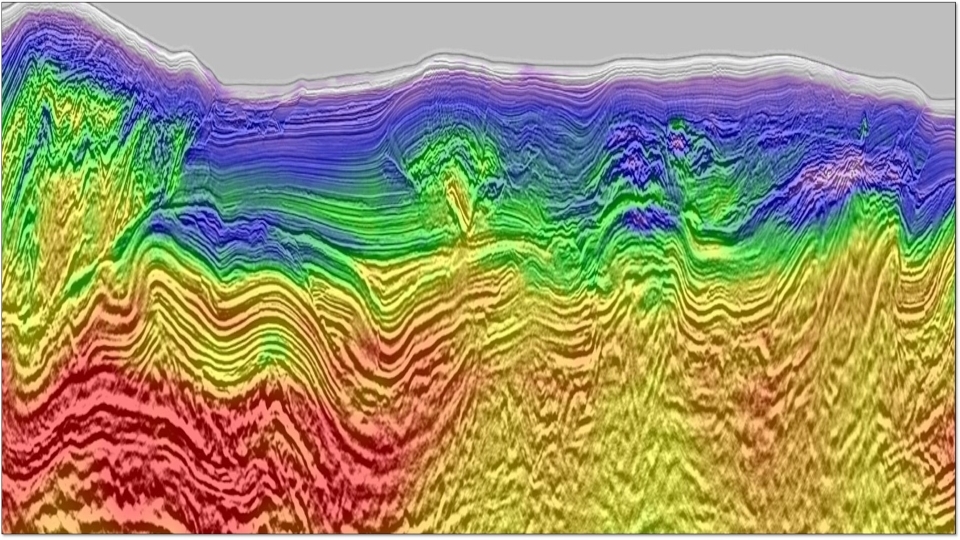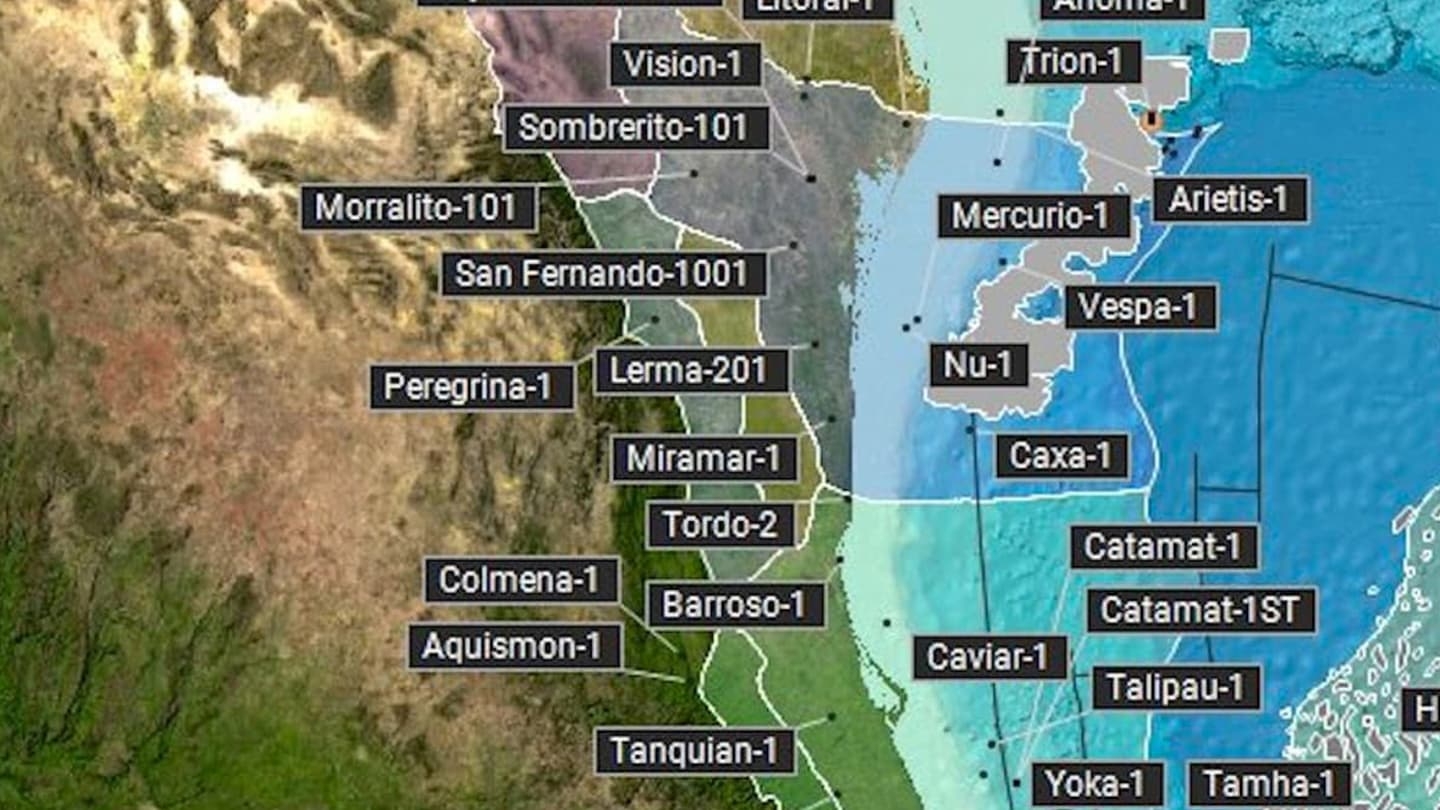Technical Abstract
Porosity prediction using cokriging with multiple secondary datassets
Back to Technical ContentThe prediction of porosity is essential for the identification of productive hydrocarbon reservoirs in oil and gas exploration. Numerous useful technologies have been developed for porosity prediction in the subsurface, such as multiple attribute analysis, kriging, and cokriging. Kriging allows us to create spatial maps from point information such as well log measurements of porosity. Cokriging combines well log measurements of porosity with seismic attributes recorded between the wells to improve the estimation accuracy of the overall map. However, the traditional cokriging for porosity estimation is limited to only one seismic attribute. To introduce more geological information and improve the accuracy of prediction, we develop a new cokriging system that extends traditional cokriging to two secondary variables. In this study, our new cokriging system is applied to the Blackfoot seismic data from Alberta, and the final estimated map is shown to be an improvement over kriging and traditional single attribute cokriging. To show this improvement, "leave-one-out" cross-validation is employed to evaluate the accuracy of porosity prediction with kriging, traditional cokriging, and our new approach. Compared to kriging and traditional cokriging, an improved porosity map, with higher lateral geological resolution and smaller variance of estimation error, was achieved using the new cokriging system. We believe that the new approach can be considered for porosity prediction in any area of sparse well control.
Download Resource 
Publications
CSEG - Canadian Society of Exploration GeophysicistsAuthors
Kiki Hong Xu, Brian Russell





